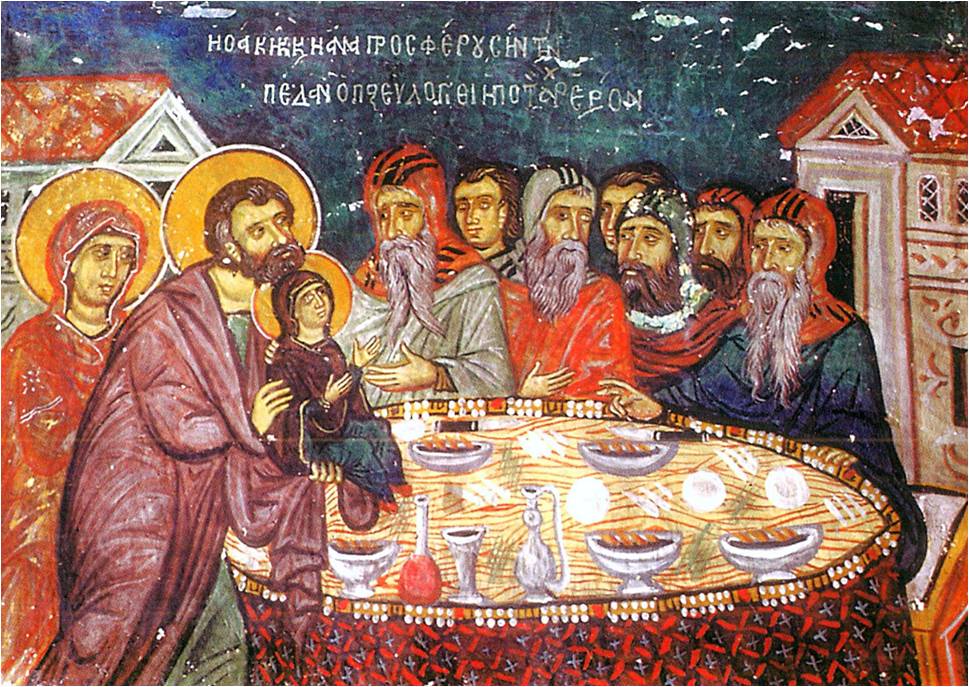Strawberry tree.
Name - Origin
Strawberry tree, thorny shrub (Yangoullis 2009, entry αντράκλα - αντρουκλιά,η - άντρακλος,ο, 63)
'Large evergreen shrub. The bark is smooth and red in colour. The leaves have a smooth surface. The fruit is round, red, about 1cm in diameter, with an uneven surface" (Savvides 1999, 24).
Ioannis Erotokritos in his Glossary states that antrouklia is a broadleaf evergreen plant, shrub and tree of the family of the Ericaceae (Arbutus Unedo) native to the Mediterranean. The bark of the trunk and branches is red, and so is the spherical fruit (Kypri 1989, entry αντρουκλιά,η, 332).
George Loukas in his Glossary states that it is a wild strawberry (Kypri 1979 [2002²], entry αντρουκλιά,η, 51).
Xenophon P. Pharmakidis in his Glossary mentions that it is a forest tree (Kypri 1983 [2003²], entry αντρουκλιά,η, 53).Two species, Arbutus Andrachne and Arbutus Uneto, are native to Cyprus.
Scientific name: Arbutus andrachne (Yangoullis 2009, entry αντράκλα - αντρουκλιά,η - άντρακλος,ο, 63) Latin: Arbutus. It belongs to the Ericaceae family. In Cyprus, two species are native: Arbutus adrachne and Arbutus uneto (Great Encyclopaedia of Cyprus, vol. 2, entry αντρουκλιά,η, 224)
Pharmakidis notes that in plural the word becomes αντρουκλιές and its scientific name is Κόμαρος η Ανδράχλη (Kypri 1983 [2003²], entry αντρουκλιά,η, 53).
Loukas notes that in ancient times it was called ανδράχνη (adráhni) or ανδράχλη, άνδραχνος, άνδραχλος, which meant (and still does for Greeks) the horticultural cabbage, the άντρακλαν (purslane) Pausanias 9, 22 (Kypri 1979 [2002²], entry αντρουκλιά,η, 51).
The fruit of antrouklia are consumed (raw) (Great Encyclopedia of Cyprus, vol. 2, entry αντρουκλιά,η, 224).
Additional information and bibliography
The wood of antrouklia is useful for the production of charcoal (Yangoullis 2009, entry αντράκλα - αντρουκλιά,η - άντρακλος,ο, 63).
In addition to its use as a fuel, it is also used to make many woodworking objects (Kypri 1989, article αντρουκλιά,η, 332).
In the past, its wood was used to make wooden spoons, spindles and other objects. Its flowers produce honey of inferior quality. Its leaves are eaten by goats (Great Encyclopaedia of Cyprus, vol. 2, entry αντρουκλιά,η, 224).
Yangoullis K. G. (2009), Thesaurus of the Cypriot dialect. Interpretative, Etymological, Phraseological and Nomenclatural Dictionary of the Medieval and Modern Cypriot Dialect, Theopress Publications, Nicosia.
Kypri Th. D. (ed.) (1979 [2002²]), Materials for the compilation of a historical dictionary of the Cypriot dialect, Part A, Glossary of George Loukas, Publications of the Centre for Scientific Research, XLI, Nicosia.
Kypri Th. D. (ed.) (1983 [2003²]), Materials for the compilation of a historical dictionary of the Cypriot dialect, Part B, Glossary of Xenophon P. Pharmakides, Publications of the Centre for Scientific Research, IX, Nicosia.
Kypri Th. D. (ed.) (1989), Materials for the compilation of a historical dictionary of the Cypriot dialect, Part C, Glossary of Ioannis Erotokritos, Publications of the Centre for Scientific Research, XIV, Nicosia.
Pavlides A. (ed.) (1985), Great Encyclopedia of Cyprus, vol. 2, Filokypros, Nicosia.
Savvides L. (1999), Αγριόχορτα που τρώγονται: Από τη χλωρίδα της Κύπρου, Print today, Nicosia.
Kyriaki Panteli, Argyro Xenophontos
